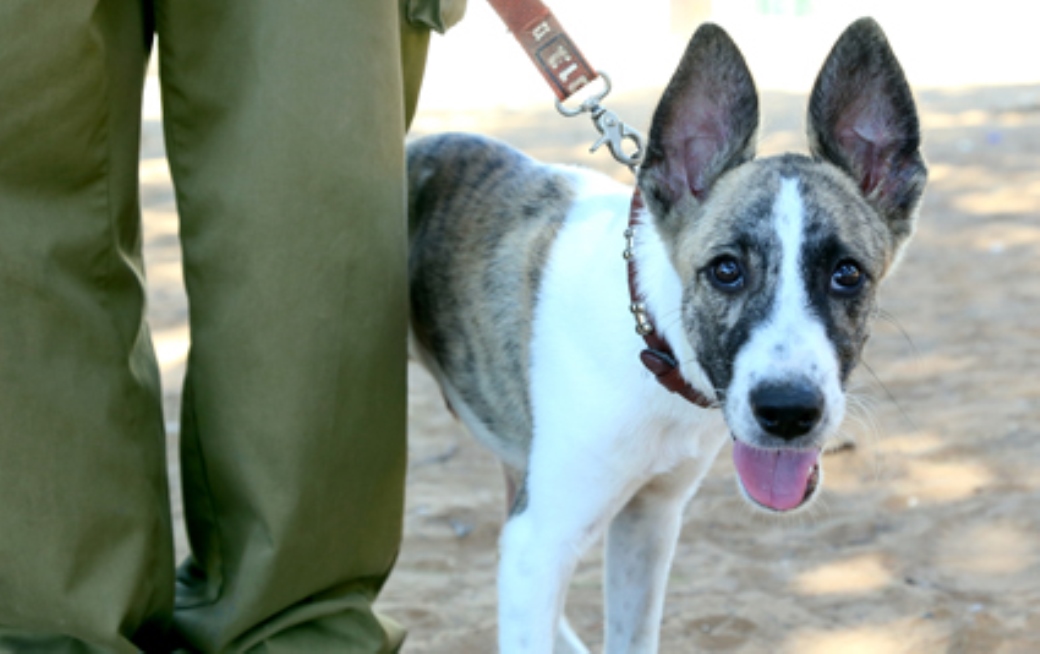
A Matter of Age
Just been demobilized? Before you adopt a pet, there are some things you should take into account

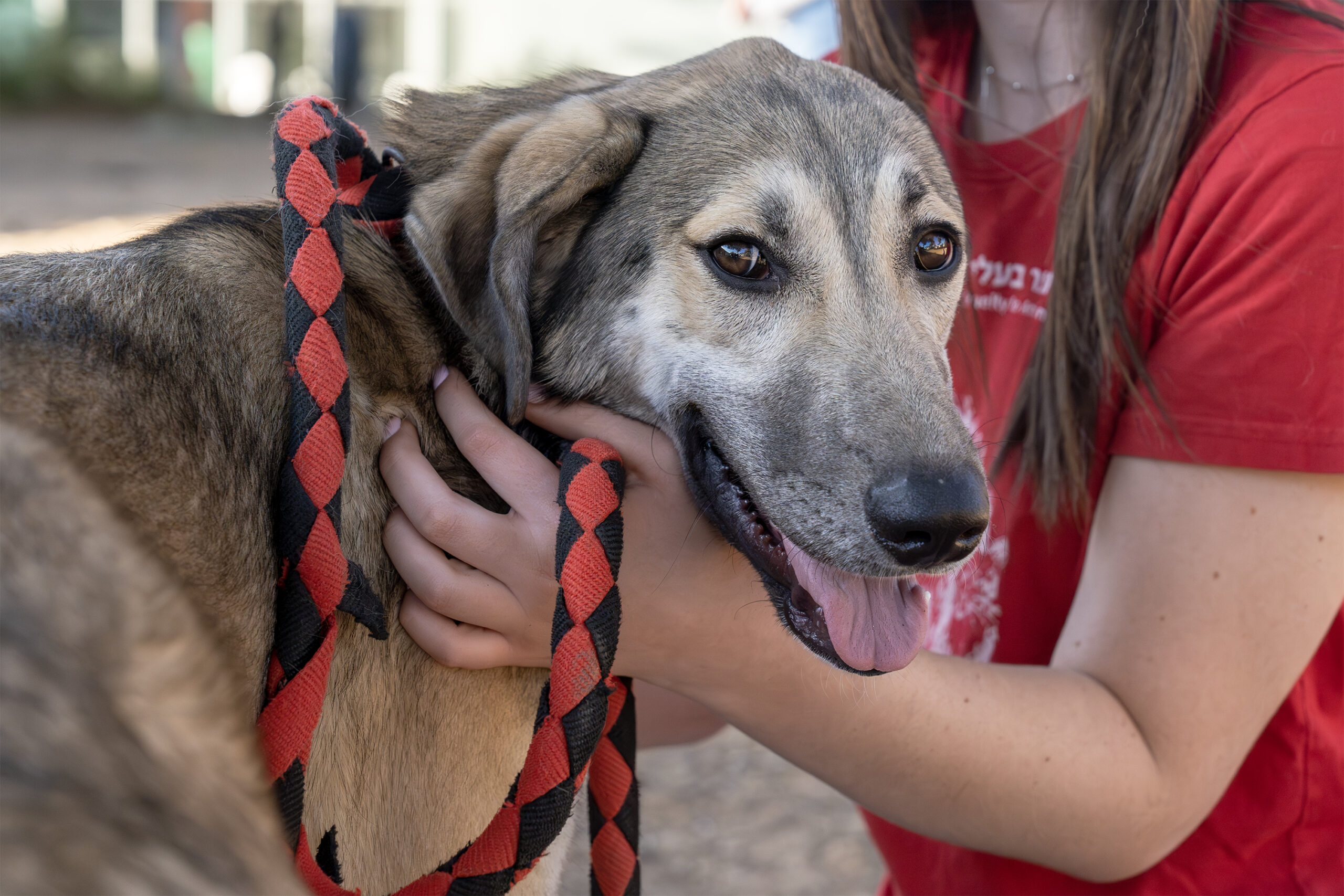
If you love animals and are looking for a way to help, our dogs and cats are waiting for you!

Just been demobilized? Before you adopt a pet, there are some things you should take into account
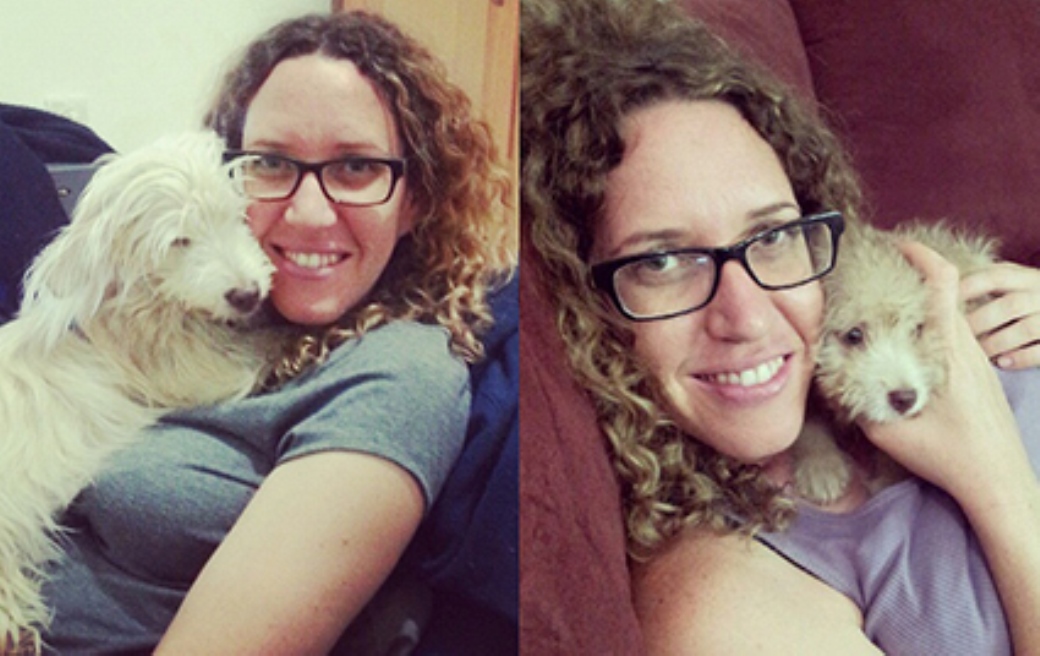
Fallen in love with a half-breed puppy? When he is fully grown, his size will affect the whole family
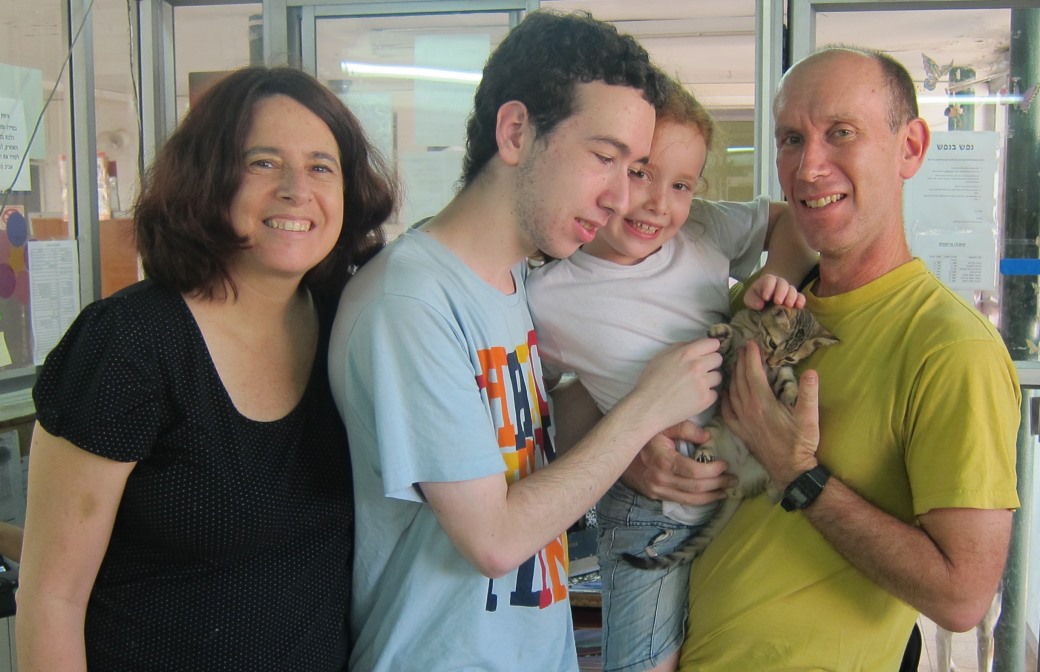
When adopting an animal, the whole family should be involved in the choice
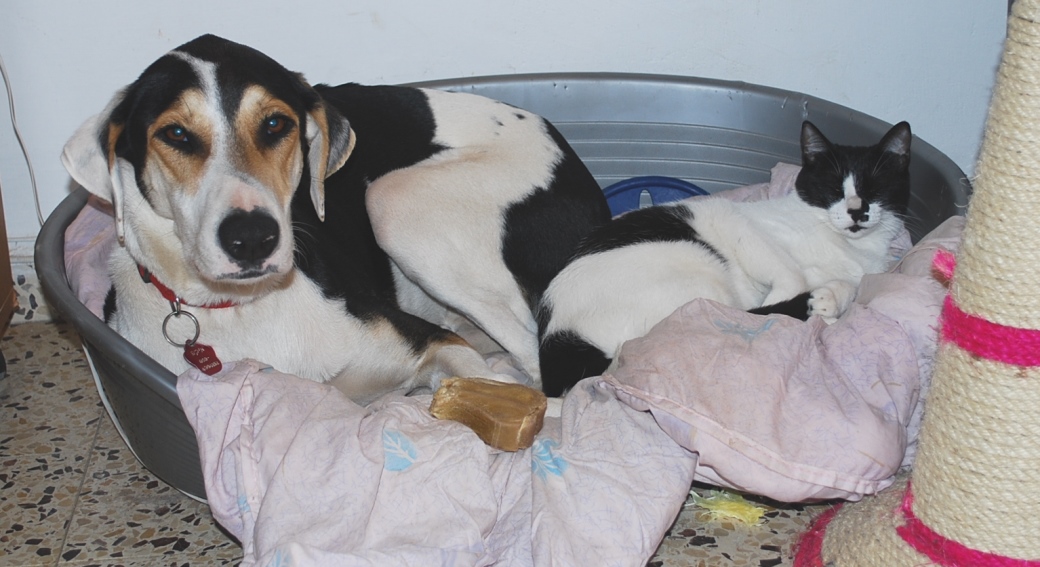
You have a dog and are thinking of adopting a cat, or the other way around? Here are some tips that will shatter the myth
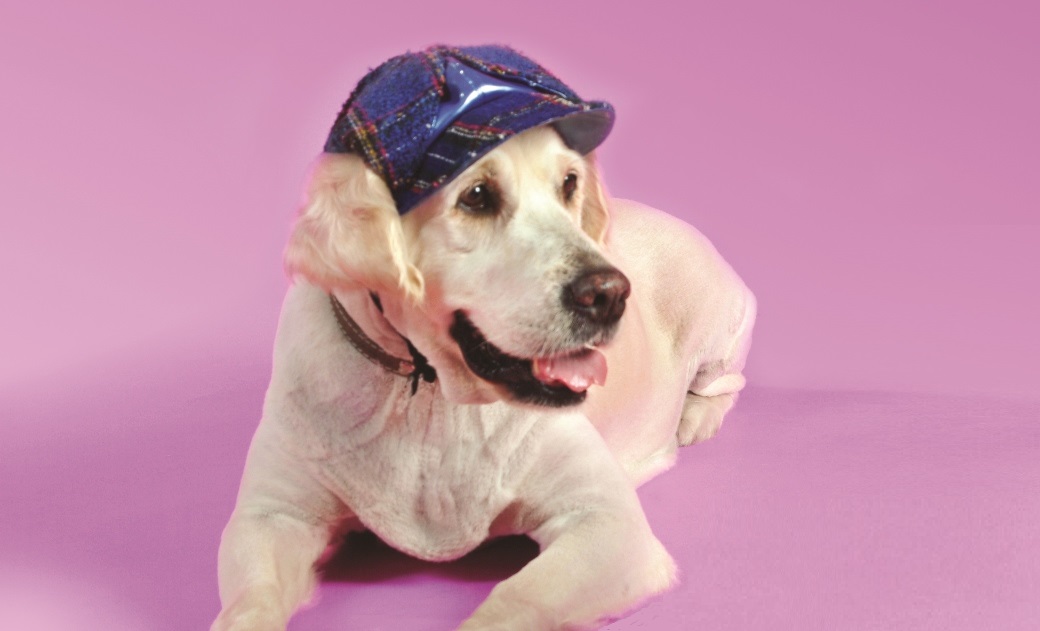
How to diminish the anxiety level of dogs who are afraid of thunder

Adopted a dog during the vacation and now that you are getting back to your routine, the problems are beginning to arise? Following are some tips to help your dog and your family to overcome the period of acclimatization
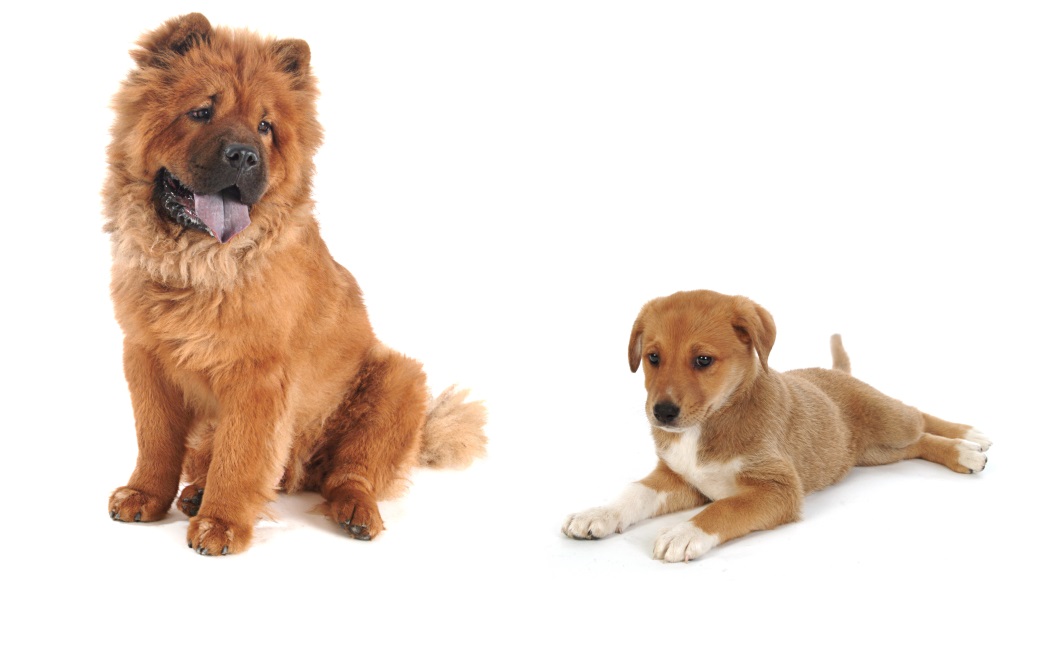
Residents of small apartments can adopt large dogs and live happily with them
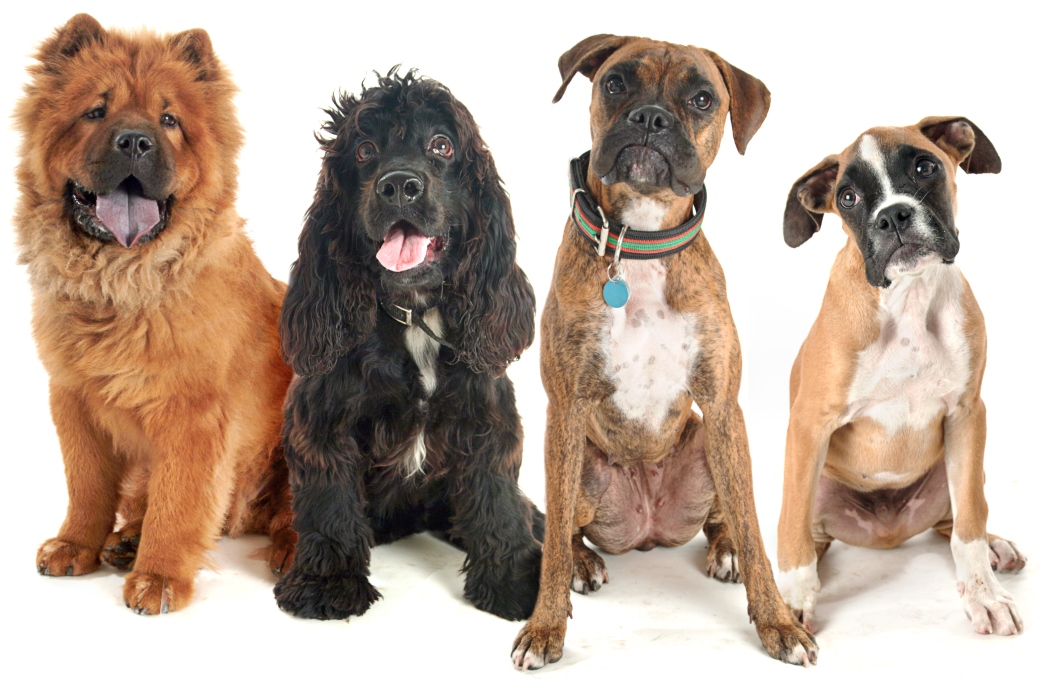
Decided to adopt a pedigree dog? In order to prevent bitter disappointment it is recommended to become acquainted with the unique characteristics of the breed and ensure that you will be able to meet its needs
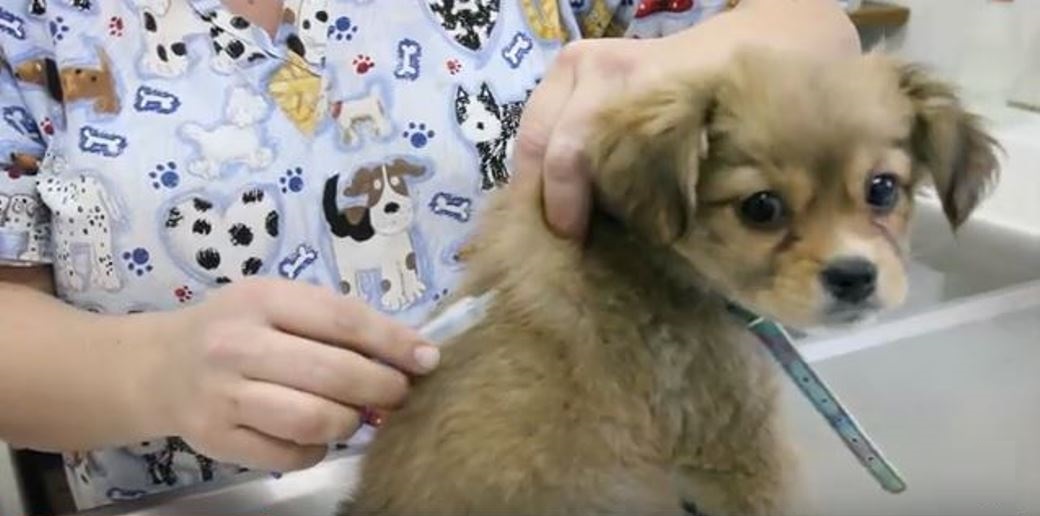
Everything you wanted to know about the microchip and its significance
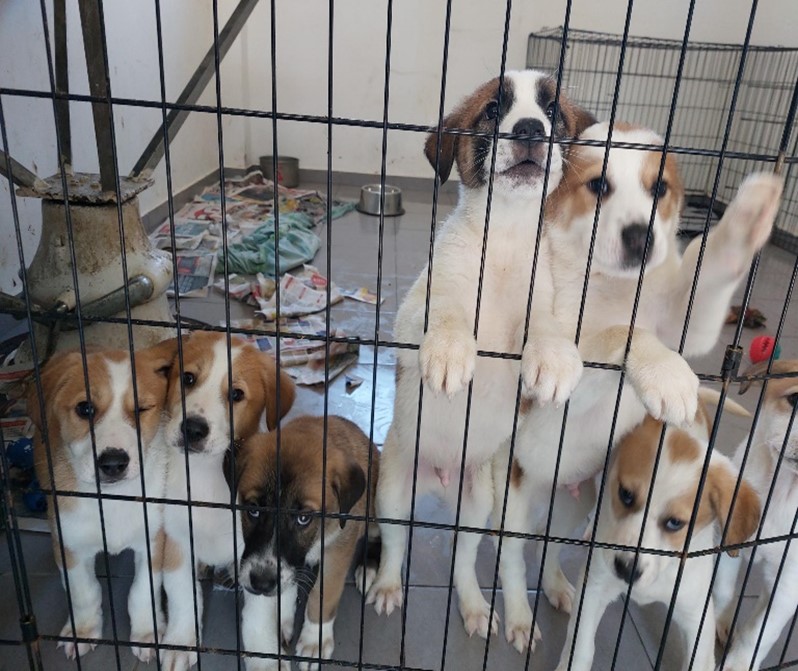
Every donation, even the smallest, will help us to help them